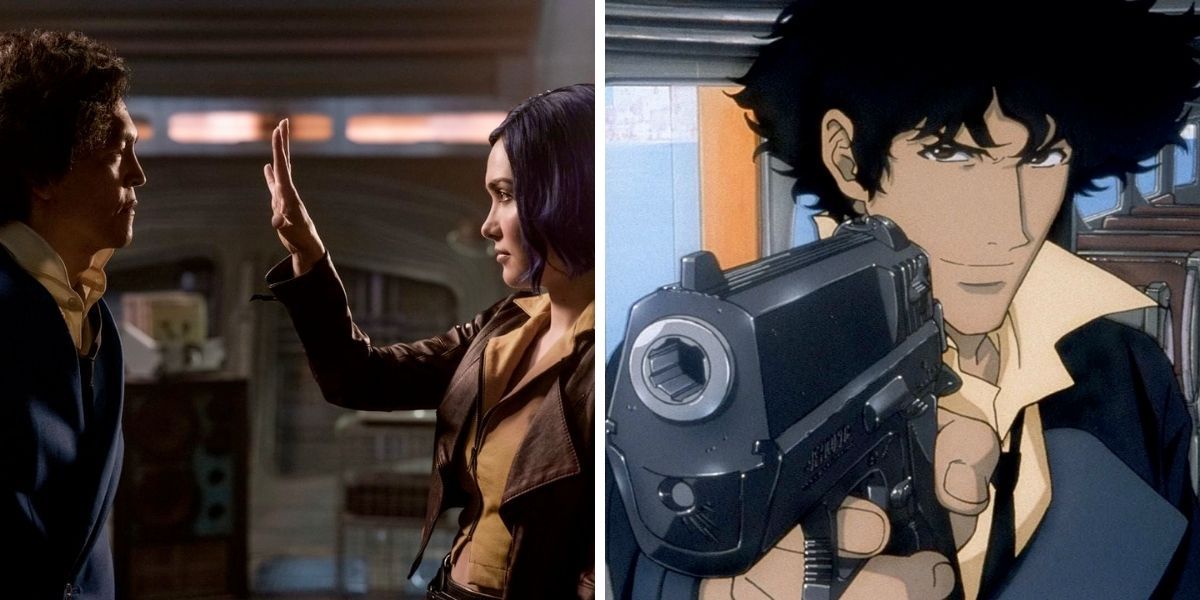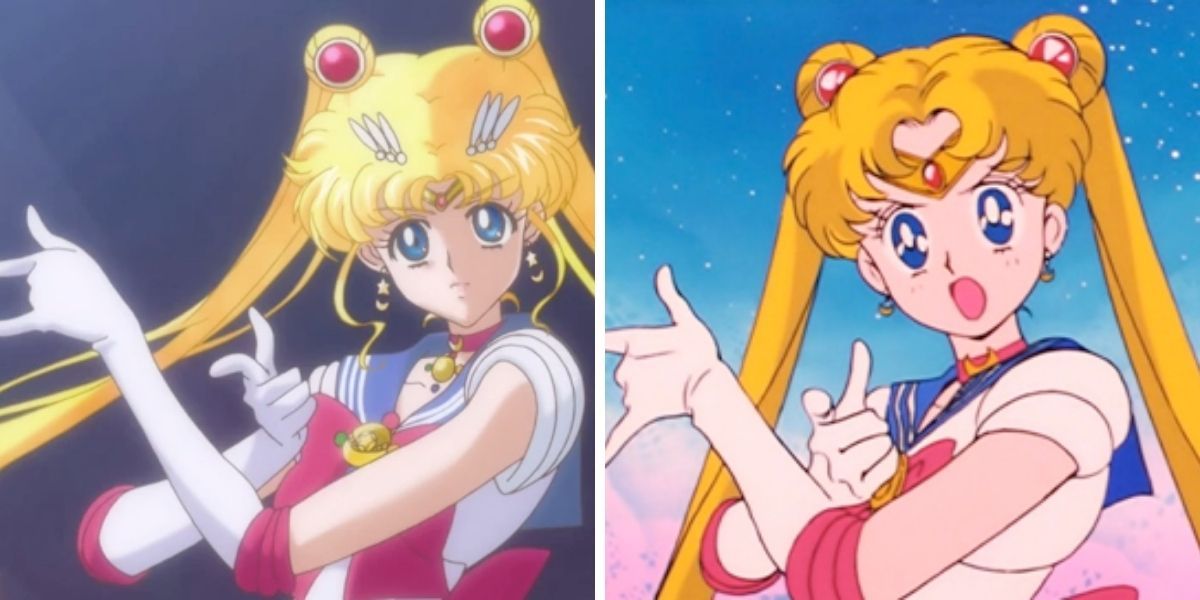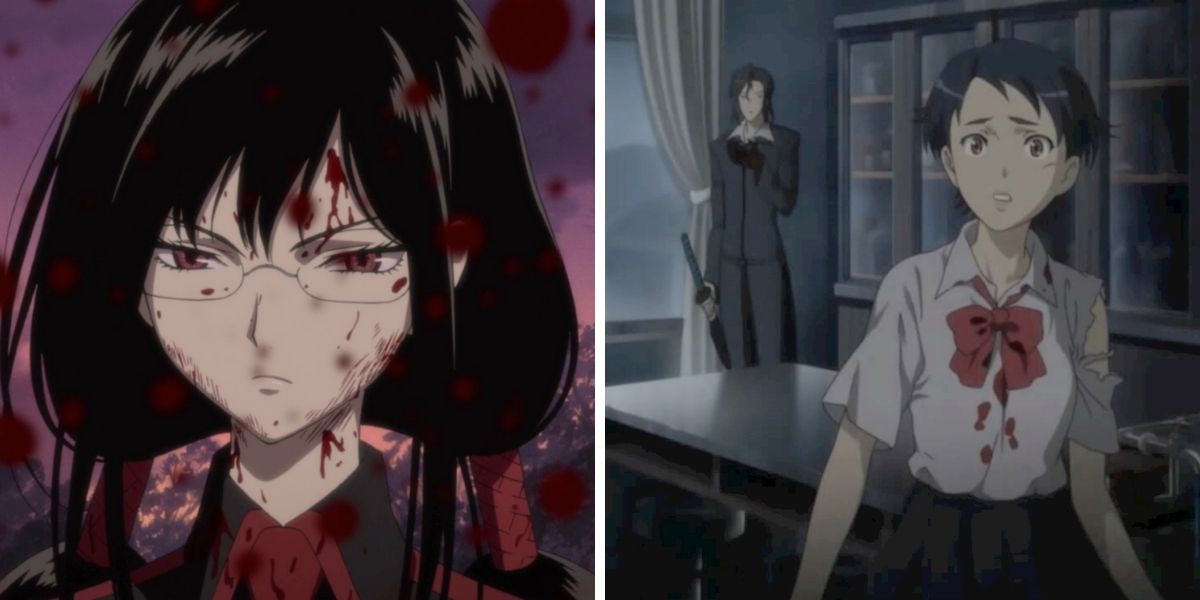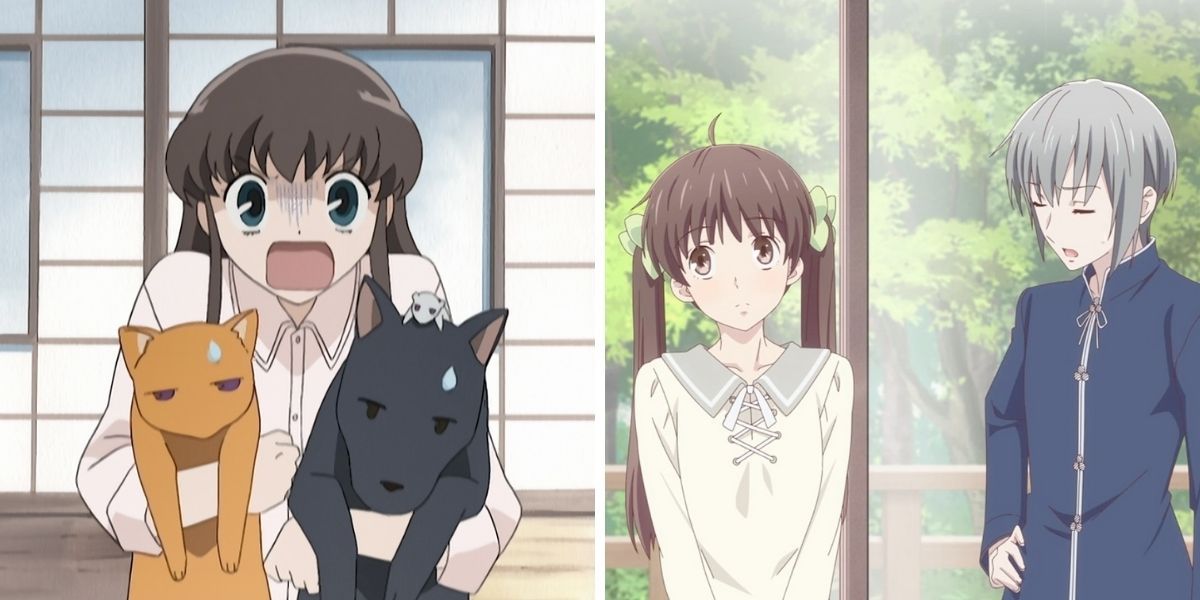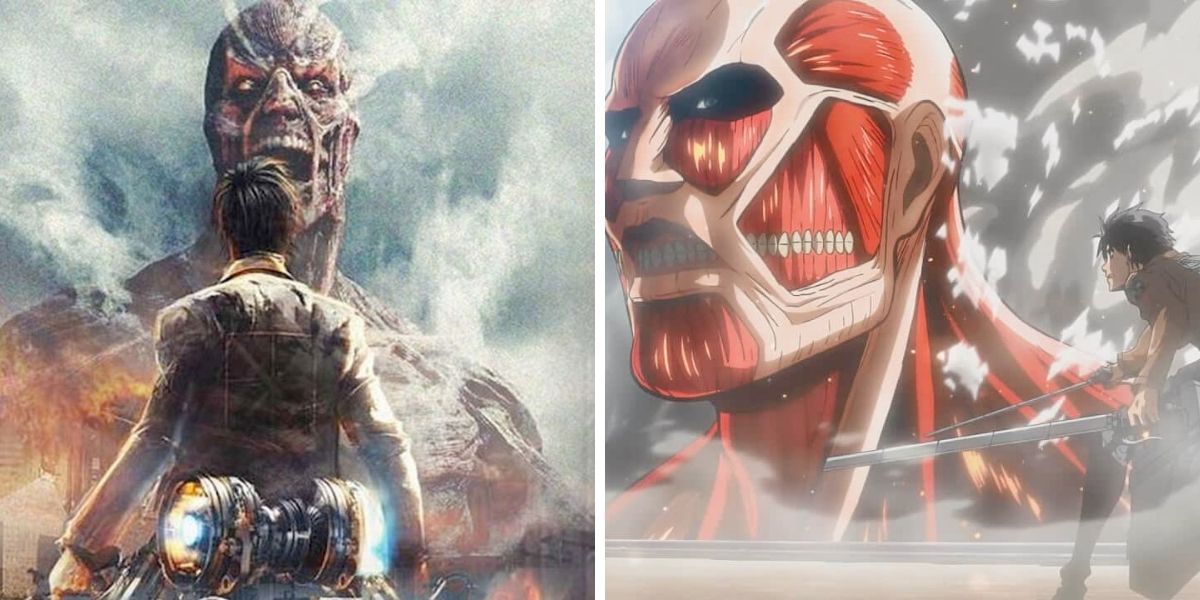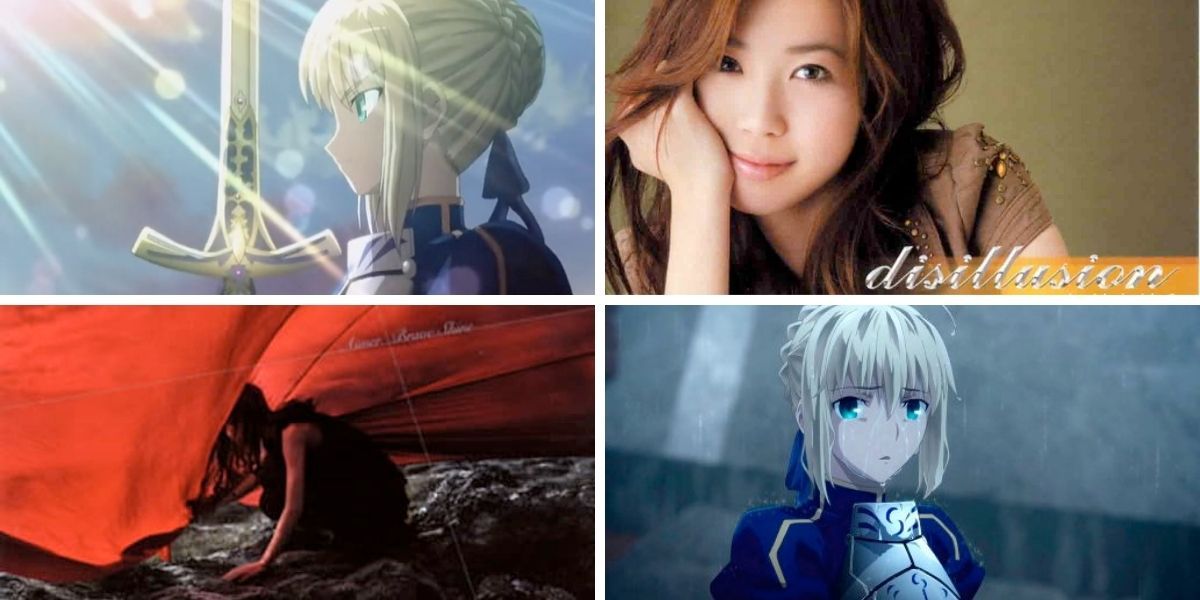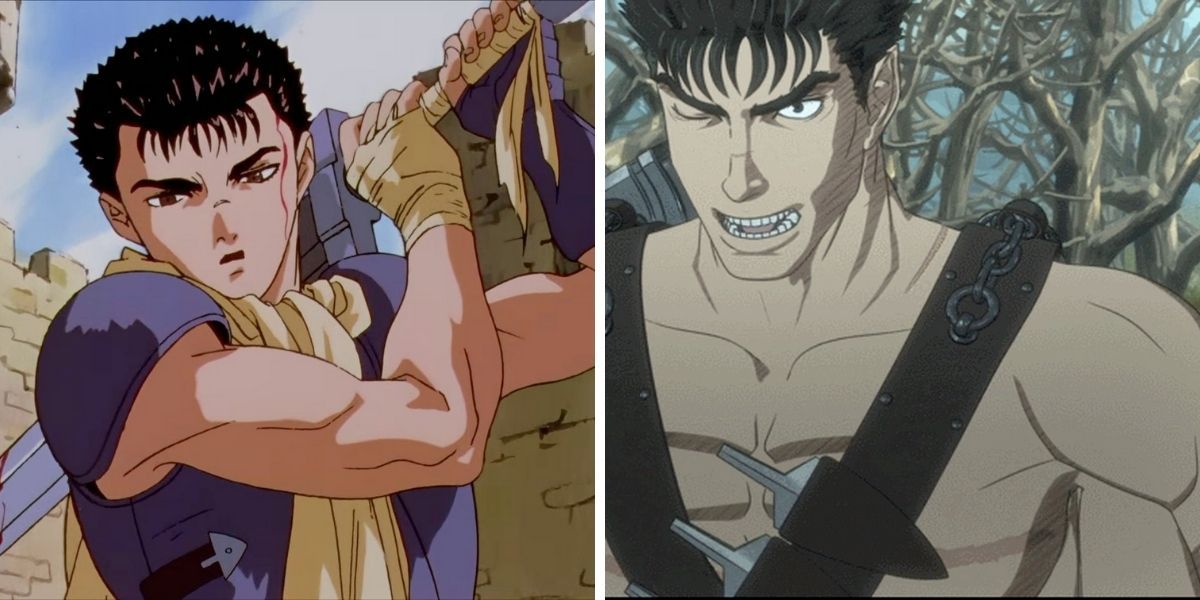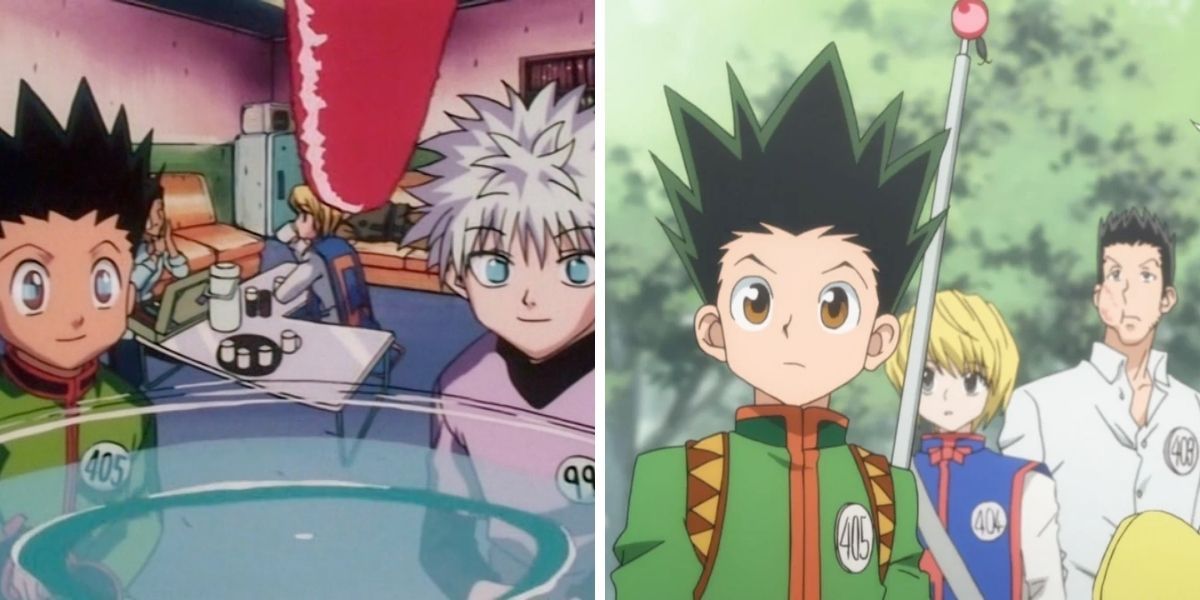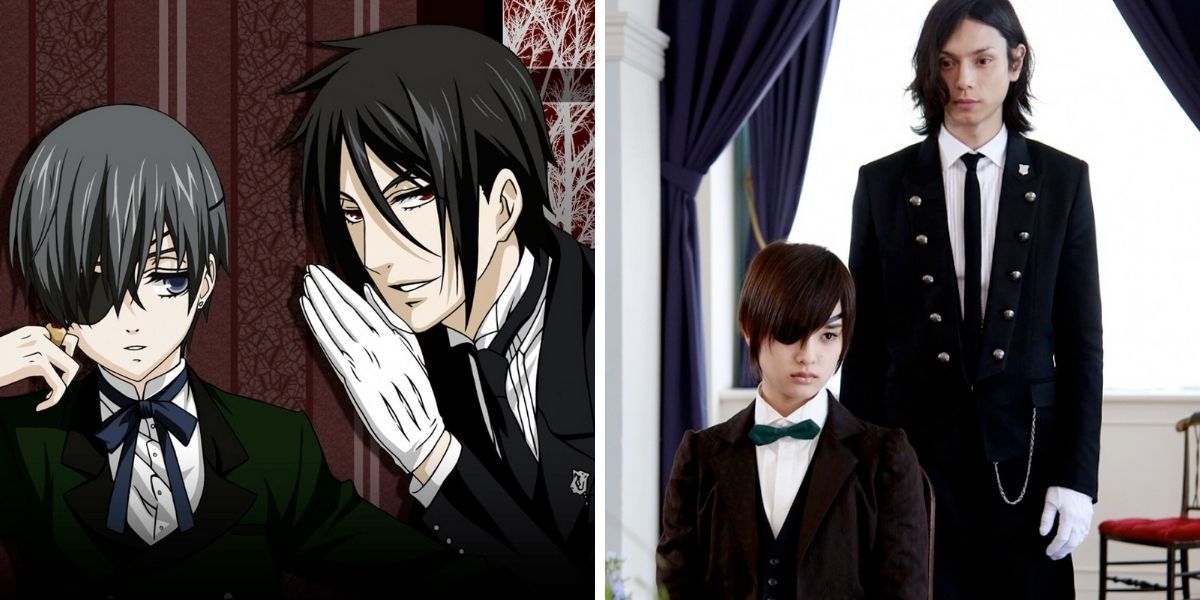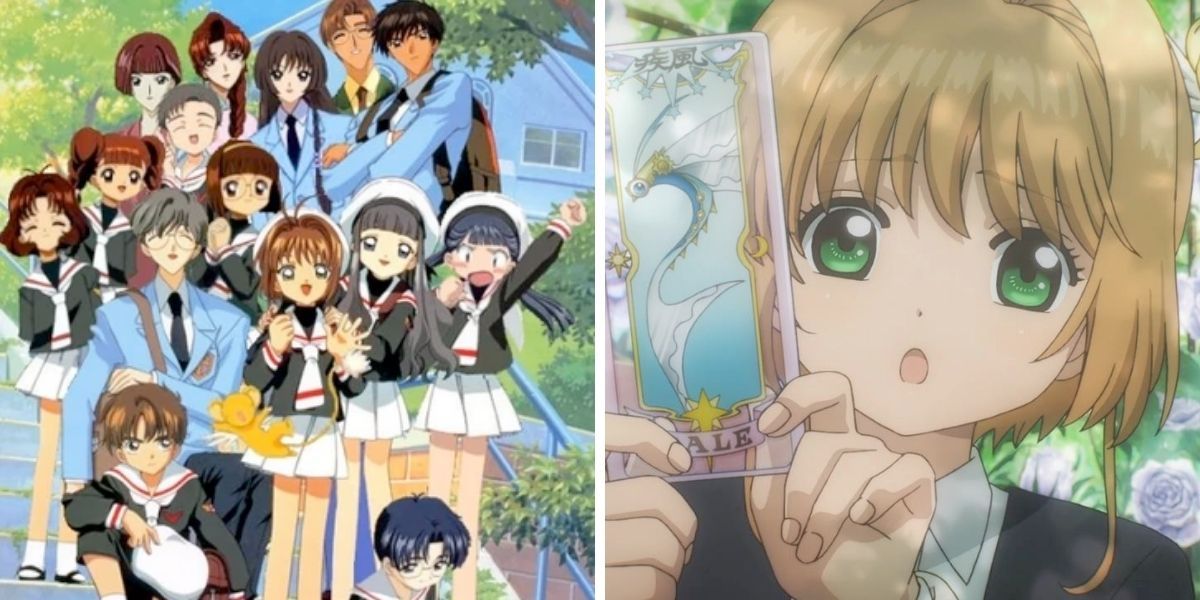Anime remakes are rarely a popular choice amongst anime fans. Most see it as a greedy way to capitalize on nostalgia but still find themselves watching for comparison purposes. But remakes are not always bad. It's understandable to be curious about a previously-made anime, especially a childhood favorite. Poorly-made originals have a better chance of reaching new audiences if a studio decides to remake them.
While that may be a great opportunity, some fans are weary that studios won't give their favorite anime the adaptation they deserve. Some weren't well-received, which discourages fans from giving other remakes a much-deserved chance. The pros and cons are endless.
10 Harsh Reality - The Nostalgia Factor Is Too Great
Contrary to popular belief, nostalgia can make or break an anime remake's success. It can be hard to please a group of fans who enjoyed the original work and have high expectations for future adaptations. Cowboy Bebop's recent live-action remake is one of the best examples.
The 1998 anime became a cultural icon even after it reached Western audiences. Despite staff and actors attempting to hype it up, Netflix's 2021 remake understandably angered fans, who argued that it was a greedy attempt to exploit nostalgia. The remake was heavily scrutinized for not living up to the anime and was promptly canceled after one season.
9 Perk - The Original Is Poorly Made
An anime remake may be desperately needed — according to most fans — because the original wasn't up to snuff. Remakes give an anime a second chance to adapt what the first series couldn't appropriately.
Take the 1992 anime adaptation of Sailor Moon. While it's an iconic and well-known series with a loyal fanbase, the anime took too many liberties during its production. It was heavily edited to suit strict television ratings, watering down Naoko Takeuchi's original idea. The Sailor Moon remake, starting with 2014's Sailor Moon Crystal, had an awkward start. However, it's a more faithful adaptation of the manga.
8 Harsh Reality - The Studio Isn't Always Qualified
Sometimes an anime remake suffers because the studio isn't qualified to adapt it. It's primarily due to genre — many studios attempt to explore outside of what they're known for, leading to a low-quality remake.
Not many anime studios are talented in adapting horror anime. Feelings of dread and frightening imagery have been proven challenging to animate, making it appear laughable rather than scary and unsettling. There have been a few success stories, but they're hard to come by.
7 Perk - There's An Opportunity For A New Direction
Remakes are a great opportunity to direct the story down a different path, primarily down the mangaka's intended vision. Plenty of outstanding directors have successfully animated manga titles while adding their personal touch.
The 2019 Fruits Basket remake is a fantastic example. While the 2001 anime established itself in the shōjo genre, it removed some aspects of the source material from the ending. Two decades after its conclusion, the 2019 remake has the opportunity to adapt the mangaka's vision entirely.
6 Harsh Reality - Director Doesn't Understand The Original Story
Sometimes an anime's movie remake does the original justice, but it's definitely rare. It takes a director who understands the source material to translate it onto the big screen correctly.
Animation has a lot more creative freedom than big-budget resources for movie-making. Most anime fans prefer hand-drawn or barely noticeable CG animation, whereas most movies utilize CG to recreate grotesque or unrealistic scenes. The Attack on Titan movie remake is an unfortunately good example. Rest in peace, Haruma Miura.
5 Perk - Popular Or Better Music
With remakes come the opportunity for a banger soundtrack. TikTok has helped reintroduce popular anime songs to a younger audience, so success is foolproof if an anime studio can produce a tremendous musical score with its remake.
Social media is an excellent resource for finding established singers with millions of fans and up-and-coming artists looking to make their start. For example, Fate/Stay Night Unlimited Blade Works' music had quite the upgrade after ufotable collaborated with Aimer to create "Brave Shine."
4 Harsh Reality - Removing Important Parts Of The Story
Due to time or budget constraints — or even a directorial choice — an anime studio chooses to cut out bits of the manga in its adaptation or remake. Unfortunately, there have been instances where writers remove parts of the plot relevant to the story's development.
These cuts don't translate well in the anime, creating unnecessary plot holes or character development opportunities. Of course, the anime doesn't do as well because of these changes and only anger fans of the original work. It seems more like a lazy cash grab than an homage to the manga or its anime predecessor.
3 Perk - There's Improvement In The Animation
With the evolution of technology, the anime industry has made strides to improve animation techniques. It's a great opportunity for studios to take on an older series and give them a makeover.
Anime studios have various unique and famous art styles. Depending on the series they choose to remake, a studio can leave their signature mark with improved animation and get attention from fans of the original.
2 Harsh Reality - Studios Don't Accept The Mangaka's Input
Anime studios' biggest mistake is not communicating the mangaka's story in the adaptation. Some studios don't bother to reach out for the creator's commentary, resulting in a poorly-done remake. Fans who've read the original work can distinguish between the old series and the remake, and they're usually displeased if no progress is made.
Unfortunately, anime studios have the licensing rights to the mangaka's story. They don't necessarily have to converse with the creator, as unfair as it sounds. Manga fans are quick to warn newer viewers to read the original or the first adaptation to understand the true story better.
1 Perk - New Eyes On The Remake
One of the best perks to an anime reboot is the newfound reach to new or younger anime fans. If the remake is well-written will perform much more successfully with a new fanbase and even encourage older fans to give it a watch.
Cardcaptor Sakura's second arc isn't necessarily a remake, but it encouraged new anime fans to check out the original. Those who watch both seasons can appreciate Sakura Kinomoto, her journey as a magical girl, and her impact on the genre. It's also like a refresher for already-established Cardcaptor Sakura fans.

---Featured.jpg)
